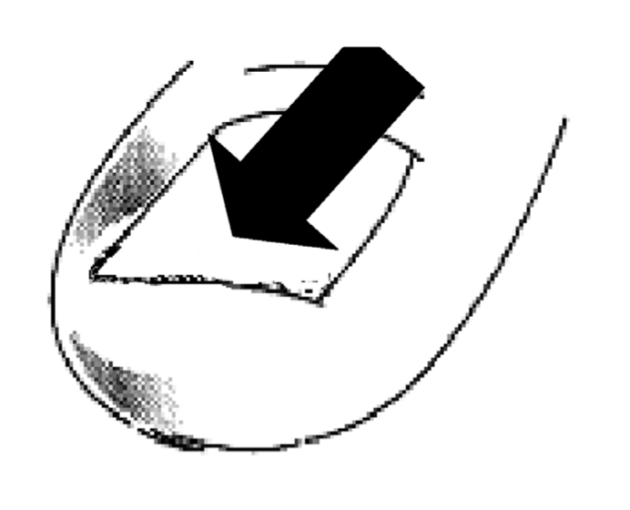Your foot screening has shown that you do not have nerve or blood vessel damage at present and so you are currently at low risk of developing complications because of your diabetes.
The advice and information in this leaflet aims to reduce problems in the future.
Diabetes is a lifelong condition, which can cause foot problems. Some of these problems can occur because the nerves and blood vessels supplying the feet are damaged. This can effect:
- feeling in your feet, this is called peripheral neuropathy
- circulation in your feet, this is called ischaemia
- this can be gradual and unnoticeable
It is essential that you have an annual foot assessment from a health professional every year.
Following the simple advice in this leaflet will help you to look after your feet yourself. Maintaining good levels of blood glucose, cholesterol and blood pressure helps reduce the risk of developing further complications in the leg and foot.
Smoking affects circulation and can lead to amputation. You should seek advice on how to quit.
Advice to keeping your feet healthy
Check your feet daily for any blisters, breaks in the skin, pain or any signs of infection such as swelling, heat or redness. If you are unable to do this, ask your partner, friend or carer to help you or use a mirror.
Wash your feet every day in warm water and with a moisturising wash. Rinse and dry thoroughly, especially between the toes. Do not soak your feet as this can dry the skin.
If you develop nerve damage, you may be unable to feel differences in temperature. Bath water should be tested with a bath thermometer, or ask someone else to test it.
Moisturise your feet every day
If your skin is dry, apply a moisturising cream daily, avoiding the areas between your toes. Avoid scented creams as this cause dryness.
Toenails
File toenails twice weekly away from you. Follow the curve of the nail. Make sure that there are no sharp edges. Do not cut down the sides of your nails as you may create a “spike” of nail which could result in an ingrown toenail.

Socks, stockings and tights
Change your socks, stockings or tights every day. Avoid bulky seams or wear inside out as this prevents pressure. The hosiery top should not be too tight.
Avoid walking barefoot
Walking barefoot increases the risk of injury to feet by stubbing toes or standing on sharp objects, which can damage the skin.
Check your shoes
Check the bottom of your shoes before putting them on to make sure that nothing sharp such as a pin, nail or glass has pierced the outer sole. Also check inside each shoe for small objects and signs of wear or creased linings.
Badly-fitting shoes
Badly-fitting shoes are the main cause of irritation or damage to feet. The health professional will assess your feet and may give you advice about correctly fitting footwear.
Avoiding slip on shoes and slippers will benefit your feet, resulting in less friction.
Minor cuts and blisters
Check your feet daily using a mirror if needed. Any breaks in the skin, minor cuts or blisters should be covered with a sterile dressing. Do not burst blisters. Contact your podiatry department or GP if you have concerns.
Hard skin and corns
The podiatrist will provide treatment and advice on self-care where necessary.
Over-the-counter treatments
Never use over-the-counter treatments such as, corn or verruca treatments, as they contain acid which can damage the skin and create wounds.
Avoid high or low temperatures
Wear socks if your feet are cold and never sit with your feet in front of heaters. Always remove hot water bottles or heating pads from your bed before getting in.
If you have any problems with your feet, contact your podiatry department or GP immediately.
Contact podiatry foot protection
Document control
- Document reference: DP7061/07.17.
- Date reviewed: April 2017.
Page last reviewed: October 17, 2024
Next review due: October 17, 2025
Problem with this page?
Please tell us about any problems you have found with this web page.